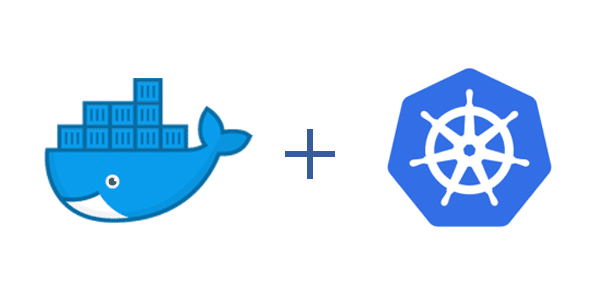Article summary
If you’re in charge of an IT infrastructure, you’ve most likely done the same jobs over and over. You’ve also probably heard of Docker and Kubernetes. The two have commonly been mistaken for rivals, but the truth is, they work very well together.
Why Docker?
When deciding where to build your infrastructure — especially if it’s built of many micro-services — I’d definitely recommend Docker. It’s the most popular and will have the most support.
If you’re on a smaller infrastructure, you’ve most likely only used Docker to build and distribute your containers. That’s where Kubernetes comes into play.
Why Kubernetes?
Kubernetes is a container orchestration system that can give containers functionality like file storage and internal networking. It’s also able to diagnose and repair issues of those added functions.
It allows you to scale applications in your infrastructure. Development teams will be able to quickly build and tear down development environments without having to worry that something will go wrong.
Kubernetes has become the most used orchestration platform for containers. A majority of the cloud service providers use it and provide integrated tools for your infrastructure.
Docker + Kubernetes
The real magic happens when you have Kubernetes schedule and coordinate your Docker containers. Yes, Docker has its own tool (Docker Swarm) for deploying containers. But Kubernetes is an open-source orchestrator that works with any operating system.
Adoption of these tools is happening rapidly in the marketplace. In the near and long-term future, Docker and Kubernetes will be here for companies to transition and maintain their infrastructures.
Docker and Kubernetes both manage and facilitate container deployment in helping build larger-scale infrastructures. Using both of these tools will allow you to have higher availability and more resiliency for your internal apps.

